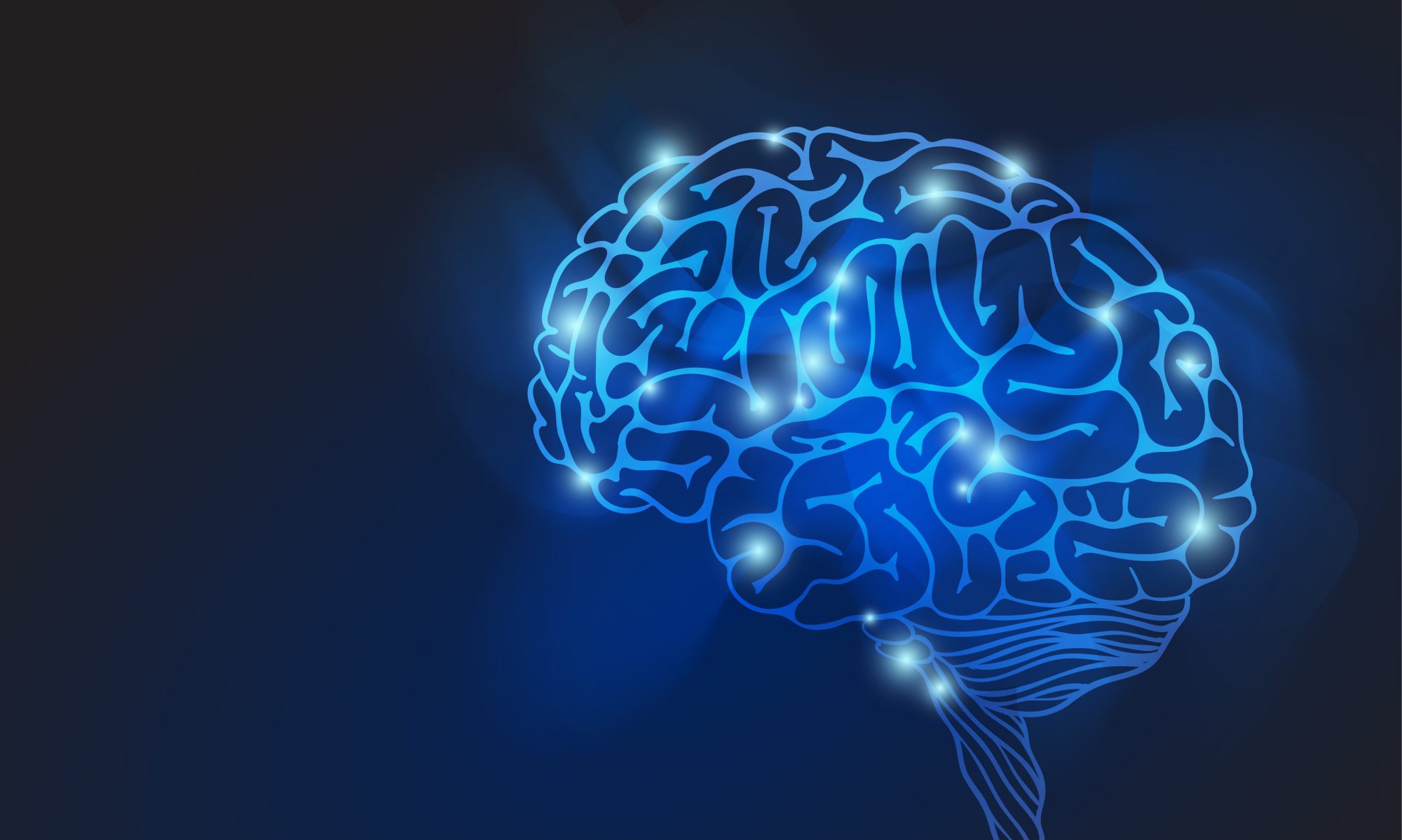Over the course of the semester, our trainees are reviewing webinars in their given fields and preparing abstracts to help colleagues outside their discipline make an informed choice about watching them. As our program bridges diverse disciplines, these abstracts are beneficial for our own group in helping one another gain key knowledge in each other’s fields. We are happy to share these here for anyone else who may find them helpful.
The Mechanical Properties of the Hippocampus
Brad Sutton, Professor of Bioengineering, University of Illinois at Urbana-Champaign
December 10, 2020
This webinar goes over magnetic resonance elastography, a new method of brain imaging that is used to measure to mechanical properties in spatially localized regions of the brain. It demonstrates how new imaging modalities can be used to study the brain.
The mechanical properties of the brain may reflect how tissue is organized at the microscale level. These mechanical properties can be measured using magnetic resonance elastography (MRE). MRE has been used as a replacement for invasive liver biopsies because it allows for the noninvasive diagnosis of liver disease. Shear waves are sent through tissue by using an external actuator that puts some pressure on the body via sound waves. The displacement caused by the wave can then be measured using MRI, and the amount of displacement gives data on the structural integrity of the tissue.
Contrast between tissue can be given by the softness or stiffness. For example, grey matter is soft and the white matter tracks are stiff. By applying this method to the brain, different mechanical properties of different brain regions can be measured in vivo. MRE results showed that structural integrity also decreases with aging. The mechanical properties of the hippocampus measured in college aged kids was able to predict their memory performance, and measures of the orbital frontal cortex were able to predict performance on fluid intelligence tests.
Further results demonstrated that the stiffness of brain regions that contribute to epilepsy are also stiffer and MRE provided more sensitive measures of contrast compared to brain subregion volume measurements. The ability for this imaging modality to predict changes within healthy individuals with high sensitivity demonstrates its large potential. It is also a great example of how engineering and neuroscience collaborations lead to innovation.


